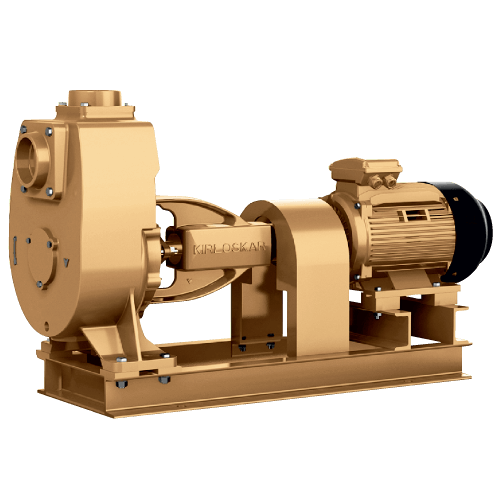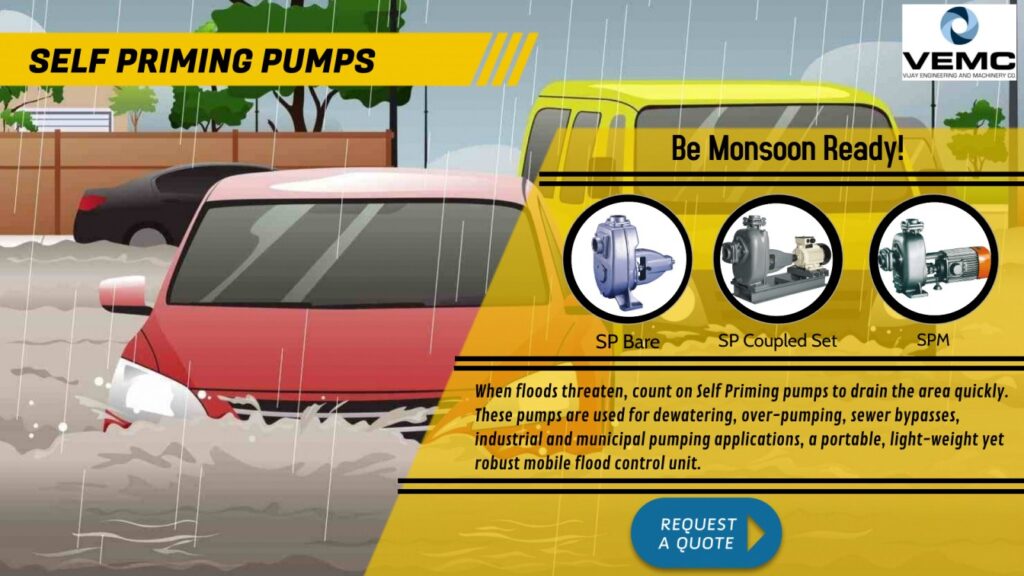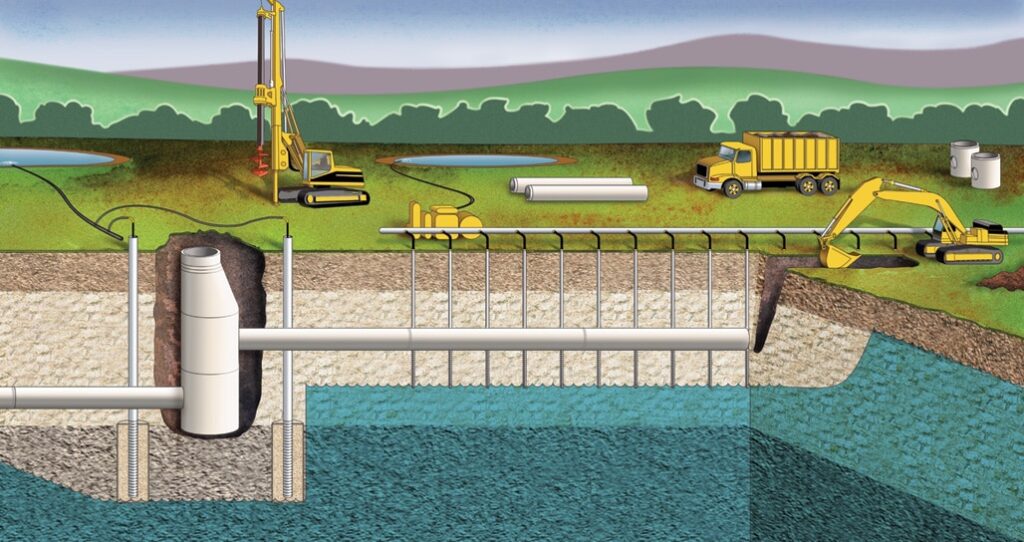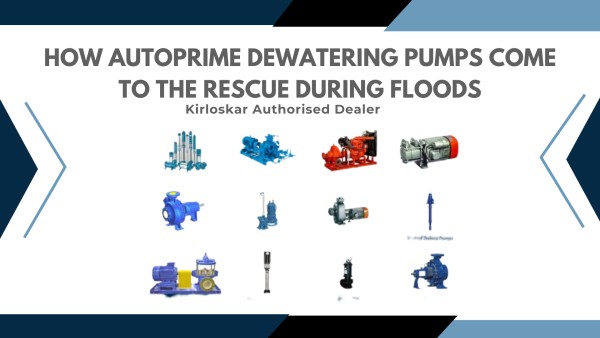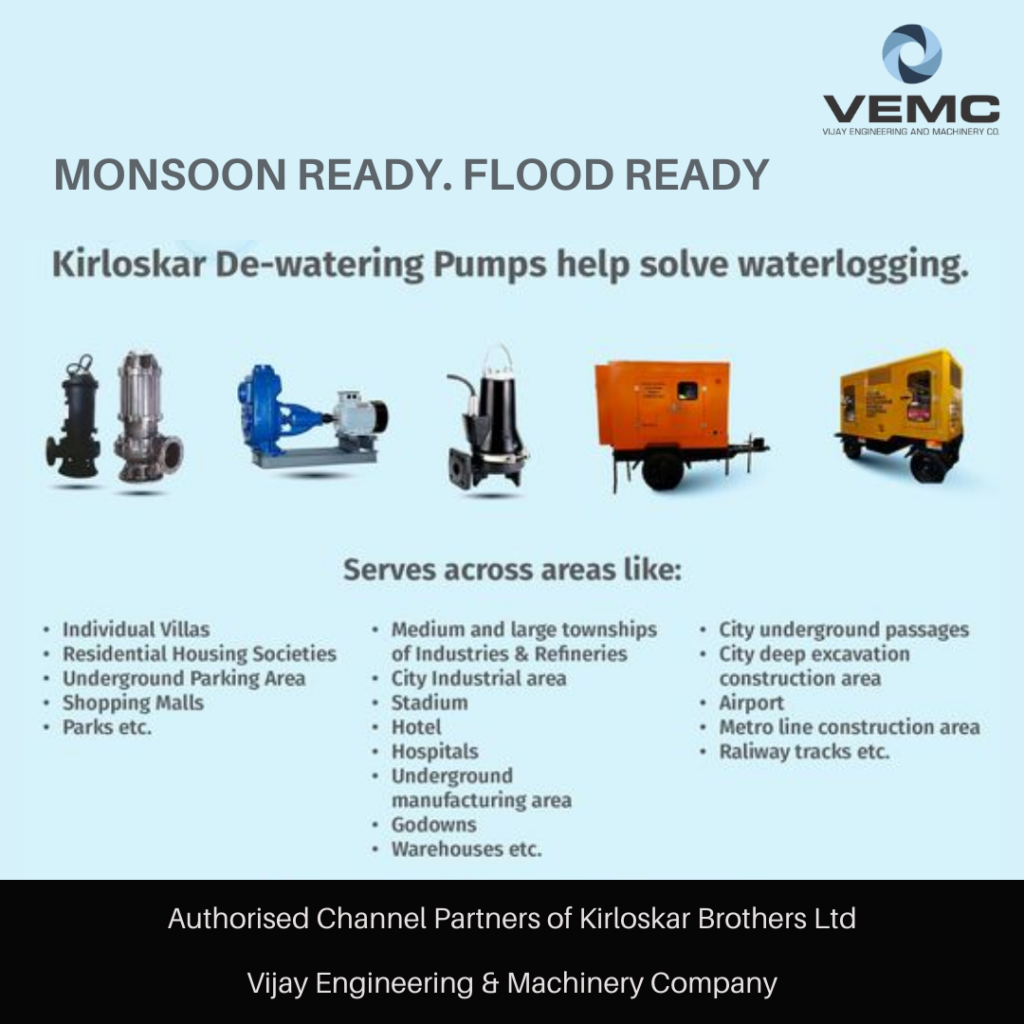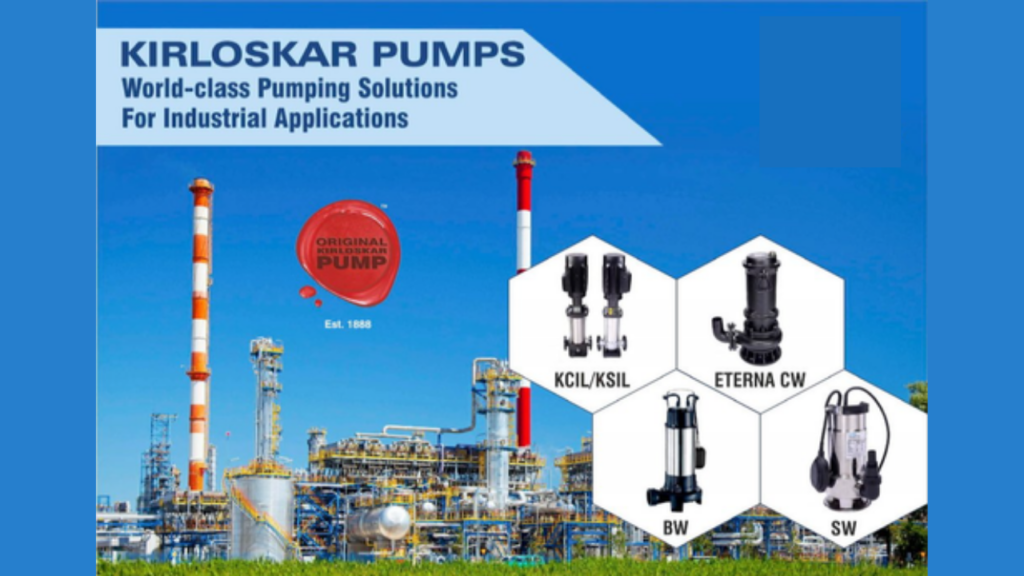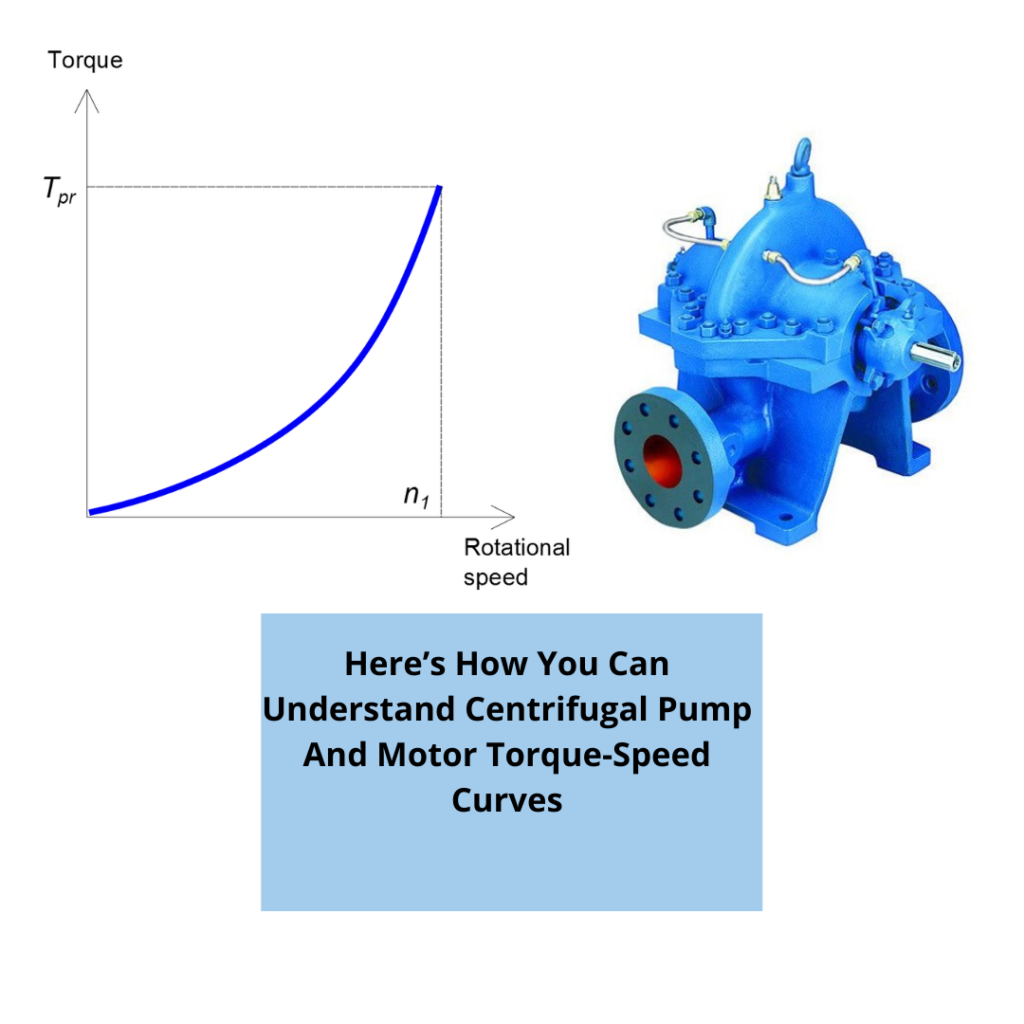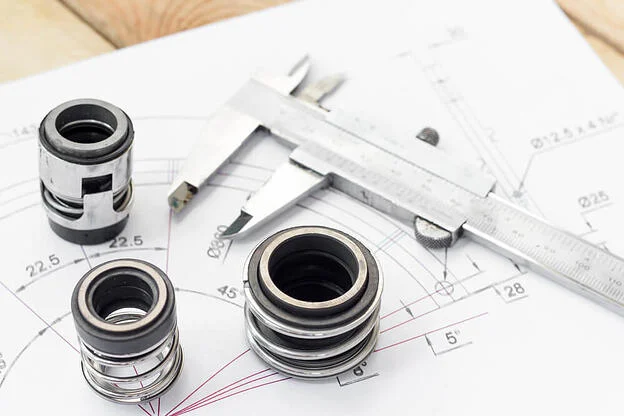Pumps and similar systems are built in a way so as to generate and retain pressure. In gas-based systems such as air compressors, the pressure is fairly low. This is because gasses when compressed incessantly makes air molecules huddle nearer to each other in the application of energy. This pressure doesn’t extend to the tubes or chambers of the compressed air systems.
In brief, pressure can be defined as a force acting over a certain area. It’s most commonly measured in pounds per square inch (psi).
There are multiple systems to measure pressure. Two of the most common ones are absolute and gauge pressure. There are quite a few differences between the two that have considerable impact on their use and measurement. Once the purpose behind measuring pressure is identified, the next step involves choosing which system to use: gauge or absolute pressure. This is a crucial decision since choosing the wrong system can severely impact the accuracy of measurements.
The pressure inside a compressed air system is comparatively lower. Hence, even minor deviations such as 10 psi or 20 psi can lead to major operational issues.
Here are the differences between the two systems in great detail:
Gauge Pressure
It’s one of the most commonly used systems of measurement and uses atmospheric pressure as its base value. So, any chamber will equalize based on the atmospheric pressure, when vented. This makes it easy for calculations and tests since the atmospheric pressure doesn’t have to be subtracted.
Also known as effective pressure, gauge pressure is signified by BARG or BARE and PSIG or PSIE.
Absolute Pressure
Comparatively, absolute pressure is used less frequently, since it signifies zero pressure or a perfect vacuum. A good example of the measurement of absolute pressure can be that of barometric pressure.
Absolute pressure is commonly signified by BARA and PSIA.
Choosing the right system: gauge or absolute pressure
The most fundamental difference between gauge and absolute pressure is that gauge pressure uses atmospheric pressure as its base or zero point whereas absolute pressure uses absolute zero as its base or zero point.
So, if the idea is to measure a type of pressure influenced by atmospheric pressure, it’s best to use a gauge pressure. It will help measure the pressure minus the atmospheric pressure. This is the system used to measure the output of pressure of air compressors.
Again, if the idea is to measure a type of pressure not influenced by atmospheric pressure, absolute pressure is used as a reference. An example of this can be leak testing a sealed container.
VEMC, an authorised Kirloskar pump dealer in Mumbai, supplies centrifugal and industrial water pumps that are ideal for both commercial and industrial operations. We provide the best end-to-end project management services to our clients. For more information on industrial pumps, motors, and other equipment, feel free to contact us at +91 98199 07445. VEMC is ISO 9001:2015 certified and a pioneer in the field of electromechanical engineering products, allied equipment, and services.


